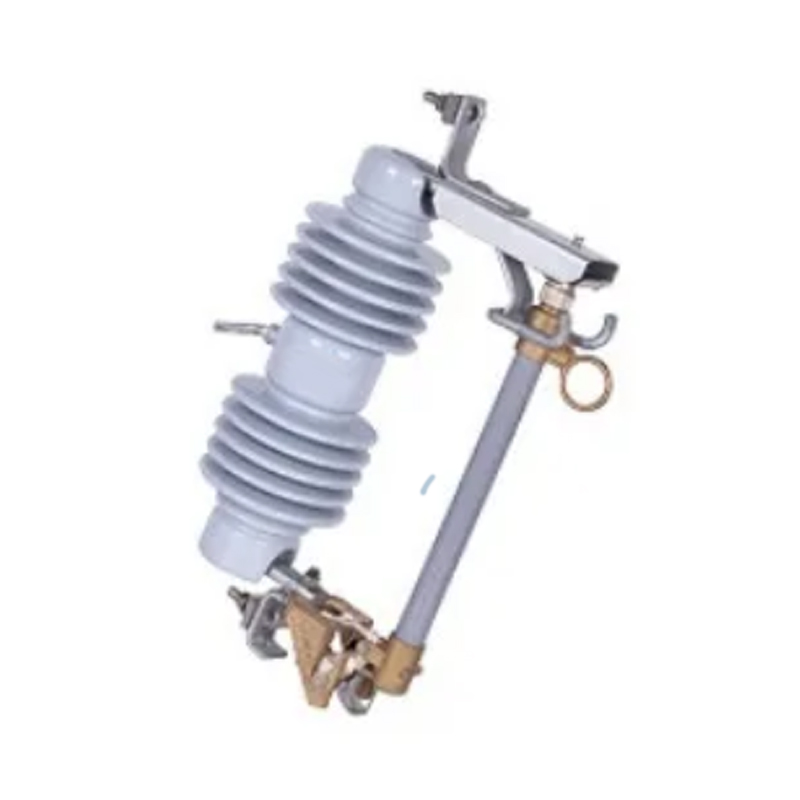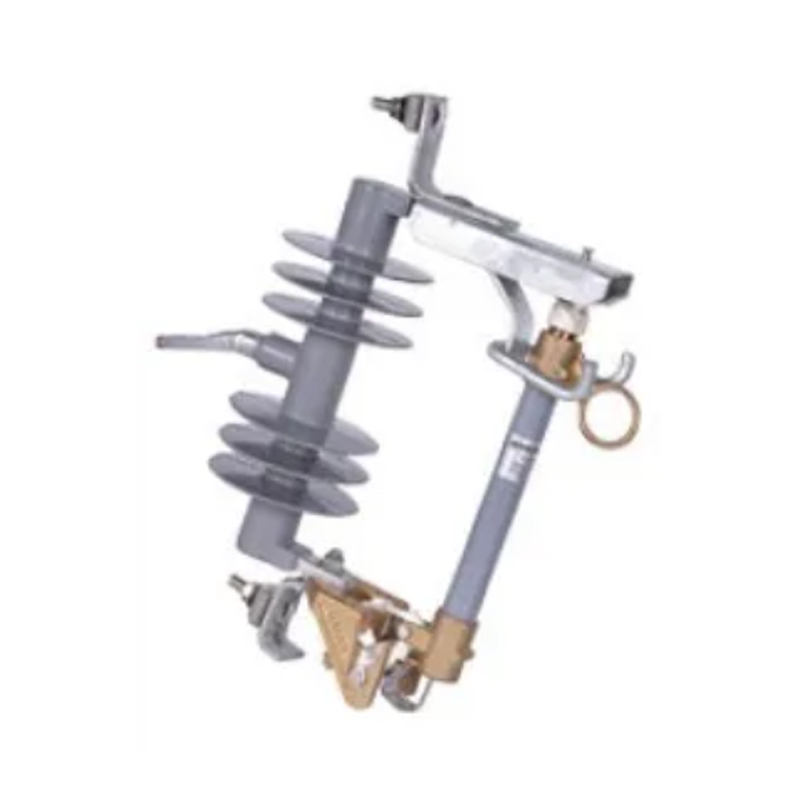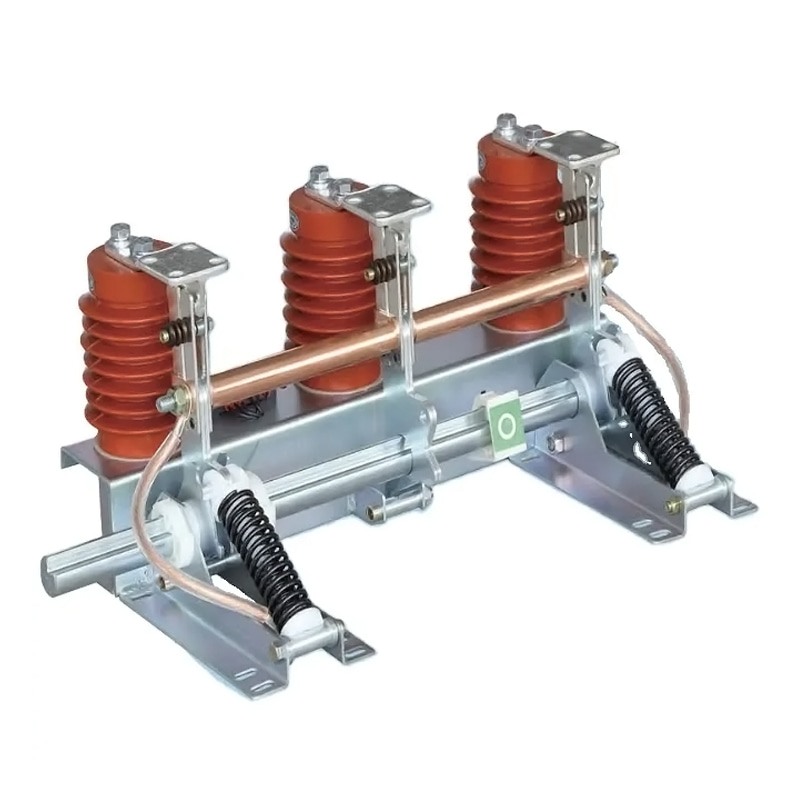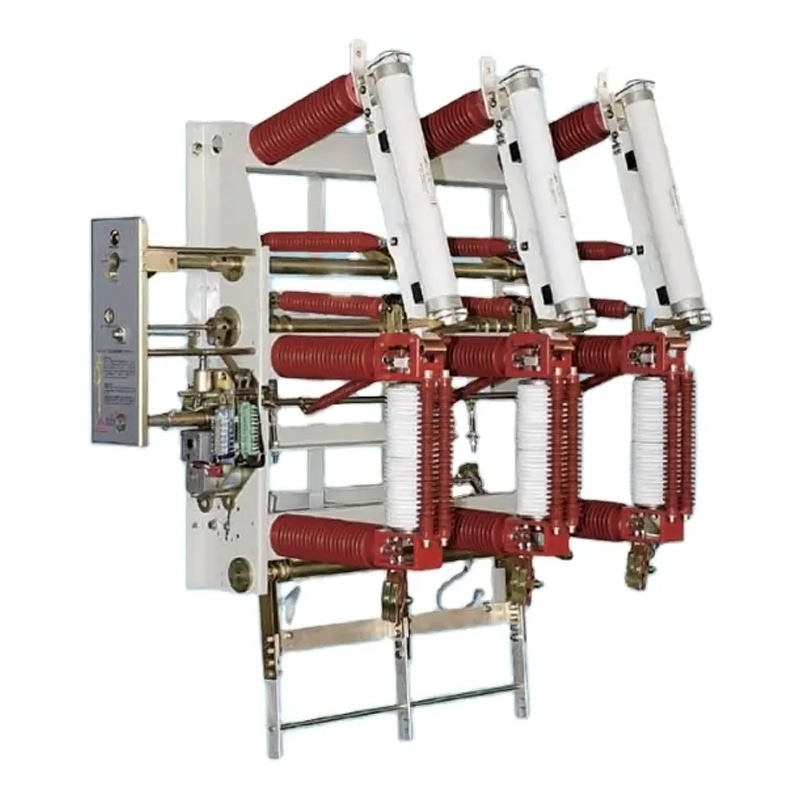Wholesale Custom Low Voltage Switchgear Manufacturer Exporter
The wholesale supply of low voltage switchgear provides an opportunity to acquire these crucial components in bulk, catering to the diverse needs of various projects and applications.
At its core, low voltage switchgear is designed to protect electrical circuits from damage caused by overloads, short circuits, and other faults. This protection is achieved through devices such as circuit breakers and fuses. Circuit breakers automatically disconnect the circuit when an abnormal condition is detected, while fuses provide a sacrificial element that melts under excessive current. Both devices are critical for preventing damage to electrical components and reducing the risk of electrical fires.
Switchgear plays a pivotal role in controlling and distributing electrical power within a system. It enables operators to manage the flow of electricity by switching circuits on or off, adjusting power distribution, and controlling electrical loads. This functionality is crucial for maintaining the stability and reliability of electrical systems, ensuring that power is directed where it is needed more efficiently.
Modern low voltage switchgear often includes advanced monitoring and diagnostic features. These features allow users to track real-time data related to electrical performance, such as current, voltage, and power consumption. Additionally, diagnostic tools can identify potential issues or faults within the system, providing valuable information for preventive maintenance and reducing the likelihood of unexpected failures.
Circuit breakers are a fundamental component of low voltage switchgear. They are designed to automatically disconnect electrical circuits when they detect abnormal conditions, such as overloads or short circuits. Circuit breakers come in various types, including miniature circuit breakers (MCBs), molded case circuit breakers (MCCBs), and air circuit breakers (ACBs), each suited to different applications and load capacities.
Switches and disconnectors are used to manually or automatically control the flow of electricity within a circuit. These devices allow operators to isolate circuits for maintenance, perform emergency shut-downs, and manage power distribution. Disconnectors are particularly useful for isolating equipment from the power source, ensuring safe operation and maintenance.
Contactors are electrically operated switches used to control the switching of electrical circuits. They are commonly used in conjunction with control systems to automate the operation of electrical equipment. Contactors are available in various configurations, including standard contactors, reversing contactors, and solid-state contactors, each designed for specific control applications.
Protection relays are devices that monitor electrical circuits and provide protection by triggering alarms or disconnecting circuits when predefined conditions are met. These relays are crucial for detecting faults and ensuring that appropriate actions are taken to protect the system. Protection relays can be programmed to respond to various types of faults, including overcurrent, undervoltage, and earth faults.
Wholesale low voltage switchgear is a vital component for managing and protecting electrical systems across various applications. By understanding the core functions of switchgear, the different types available, and the key factors to consider when purchasing, buyers can make informed decisions that ensure the safe and efficient operation of their electrical systems. Whether for commercial, industrial, or residential projects, selecting the right low voltage switchgear is crucial for maintaining reliable and effective power distribution.



 English
English русский
русский عربى
عربى










